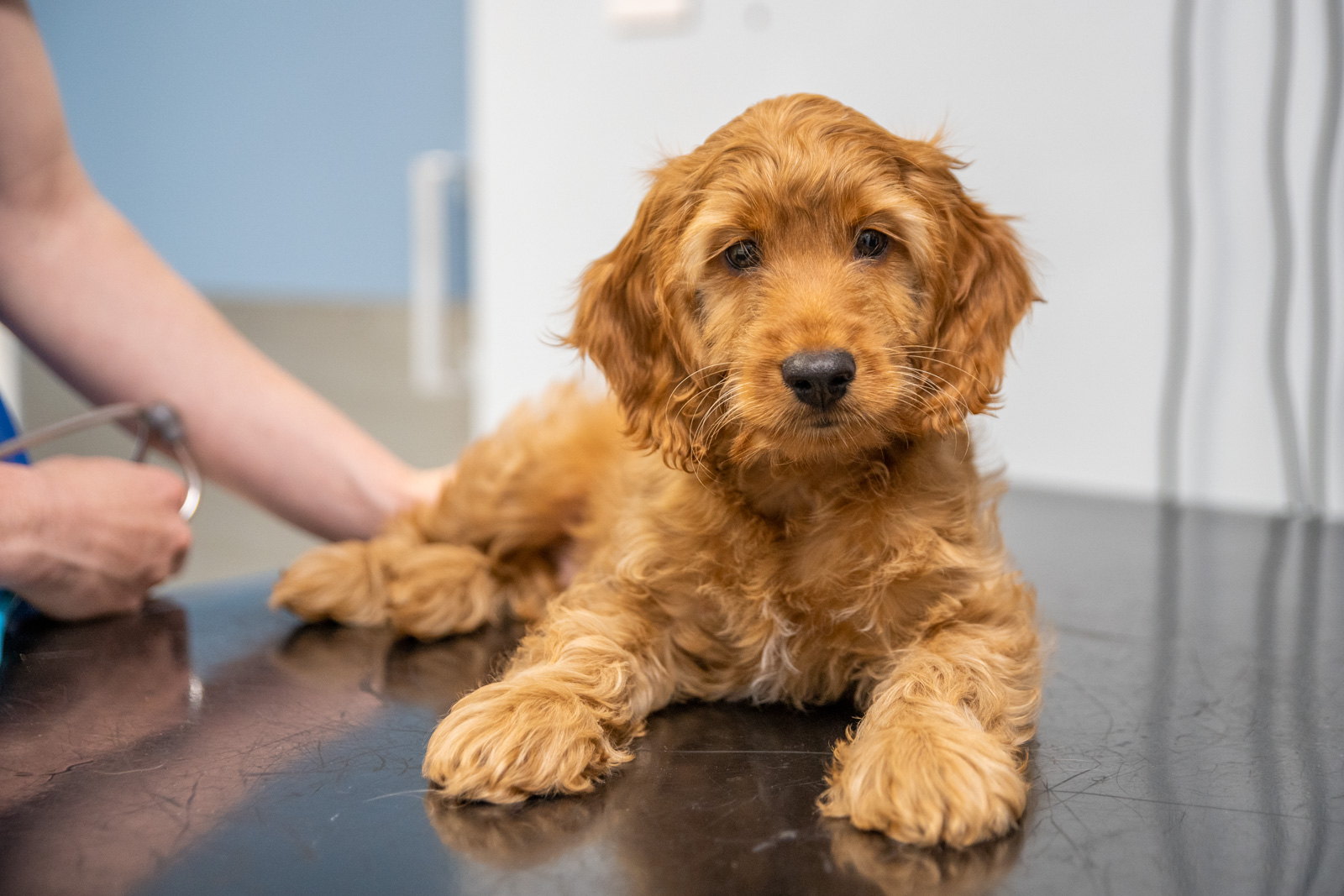Services
Our lovely team provide a range of services to help keep your pet healthy and happy.
Scroll down to find out more.
Diagnostics
We have a digital x-ray suite, a dental suite with dental x-ray and facilities for ultrasound, echocardiography and rigid and flexible endoscopy.
In-house laboratory
We have laboratory and microscopy facilities onsite to examine urine, faeces and blood and skin samples, allowing us to perform many tests in-house.
Surgeries
We offer a range of routine surgeries, and have operating theatre monitors, modern, safe, gas anaesthesia equipment and oxygen cages.
Orthopaedics
We can offer orthopaedic surgeries such as fracture repairs and cruciate ligament injury (TPLO and TTA) and luxating patella correction surgeries.
Cardiology
We can diagnose and offer advice on heart conditions, using ECG, blood pressure monitoring and x-rays.
Acupuncture
Acupuncture can be used as part of your pet’s pain management plan. Get in touch to learn more and book an acupuncture consultation session for your pet.
Ophthalmology
We have an RCVS advanced practitioner in ophthalmology in our team, and can advise on suitable treatment for a variety of eye-related issues.
Home visits
We are able to offer home visits for some cases, where appropriate. Please get in touch for more information.
Essential services
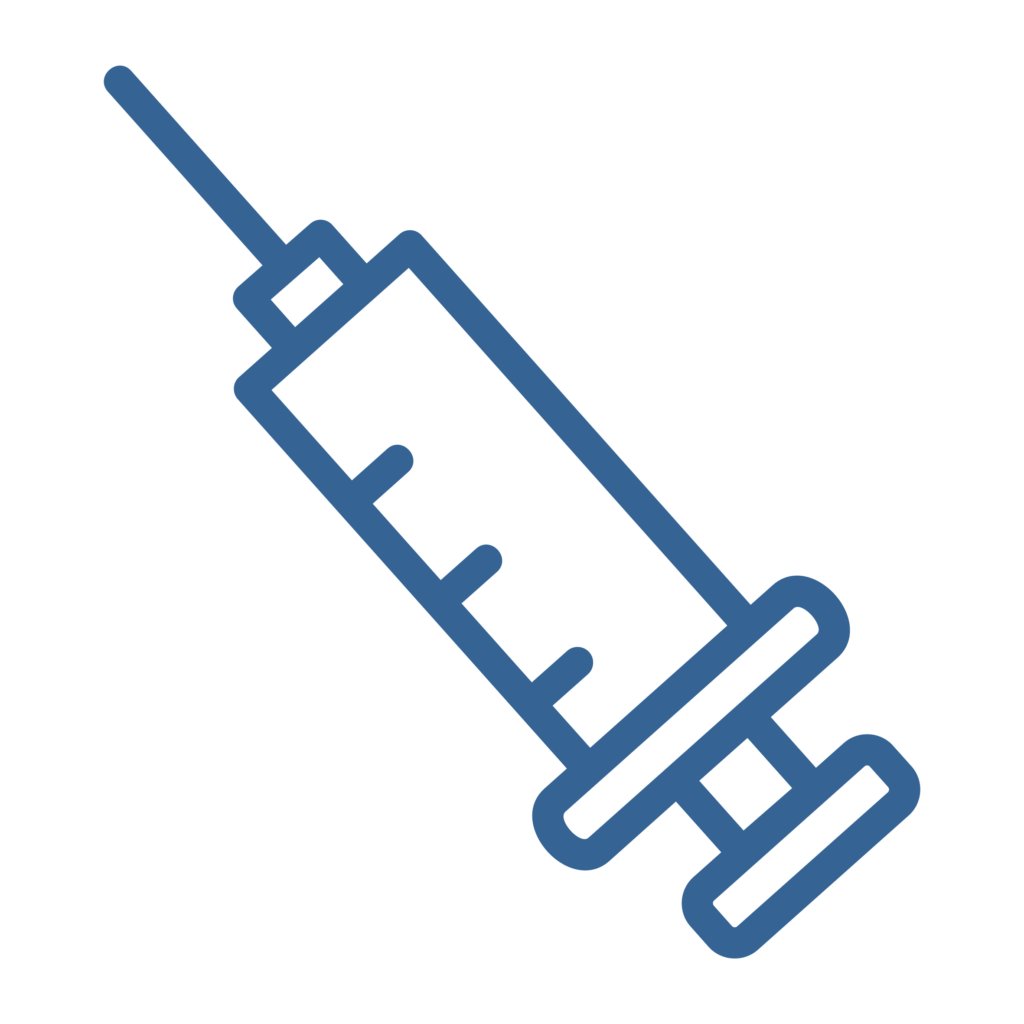
Vaccinations

Neutering
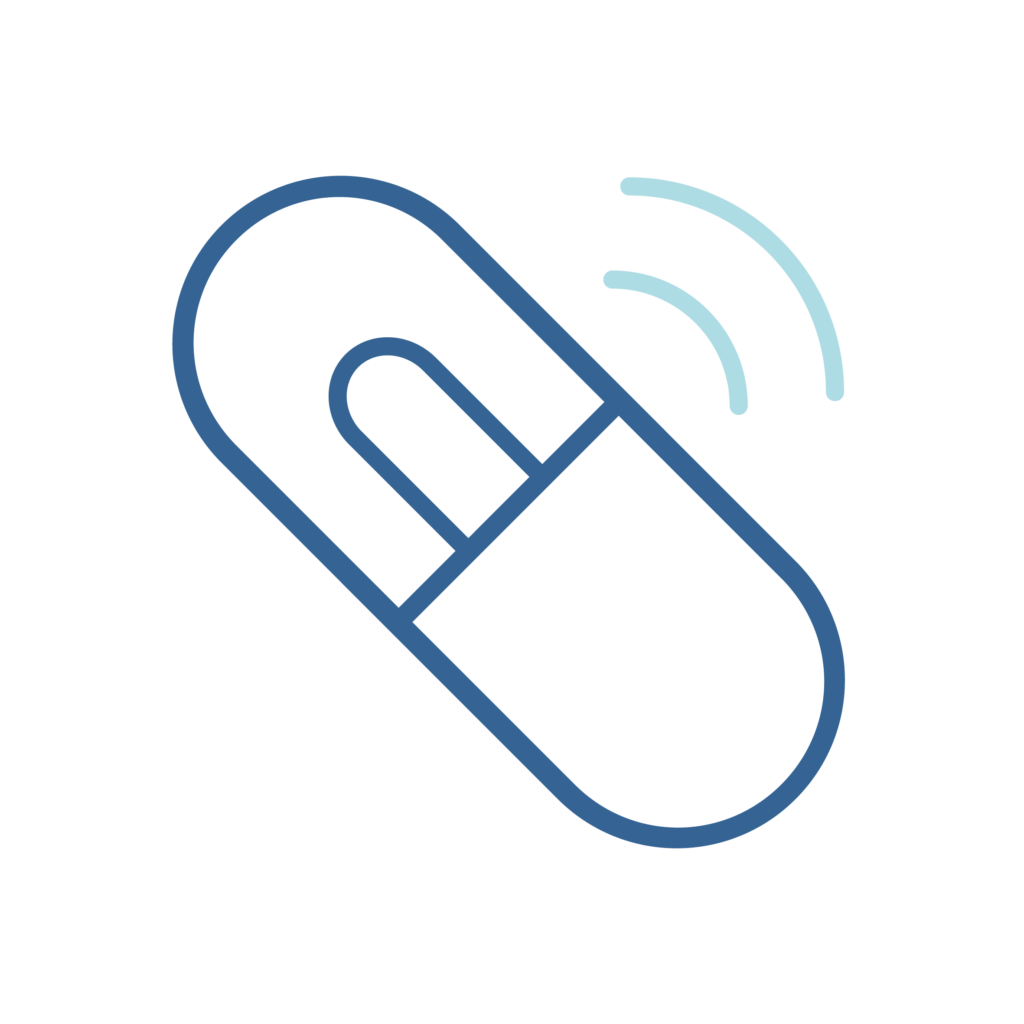
Microchipping
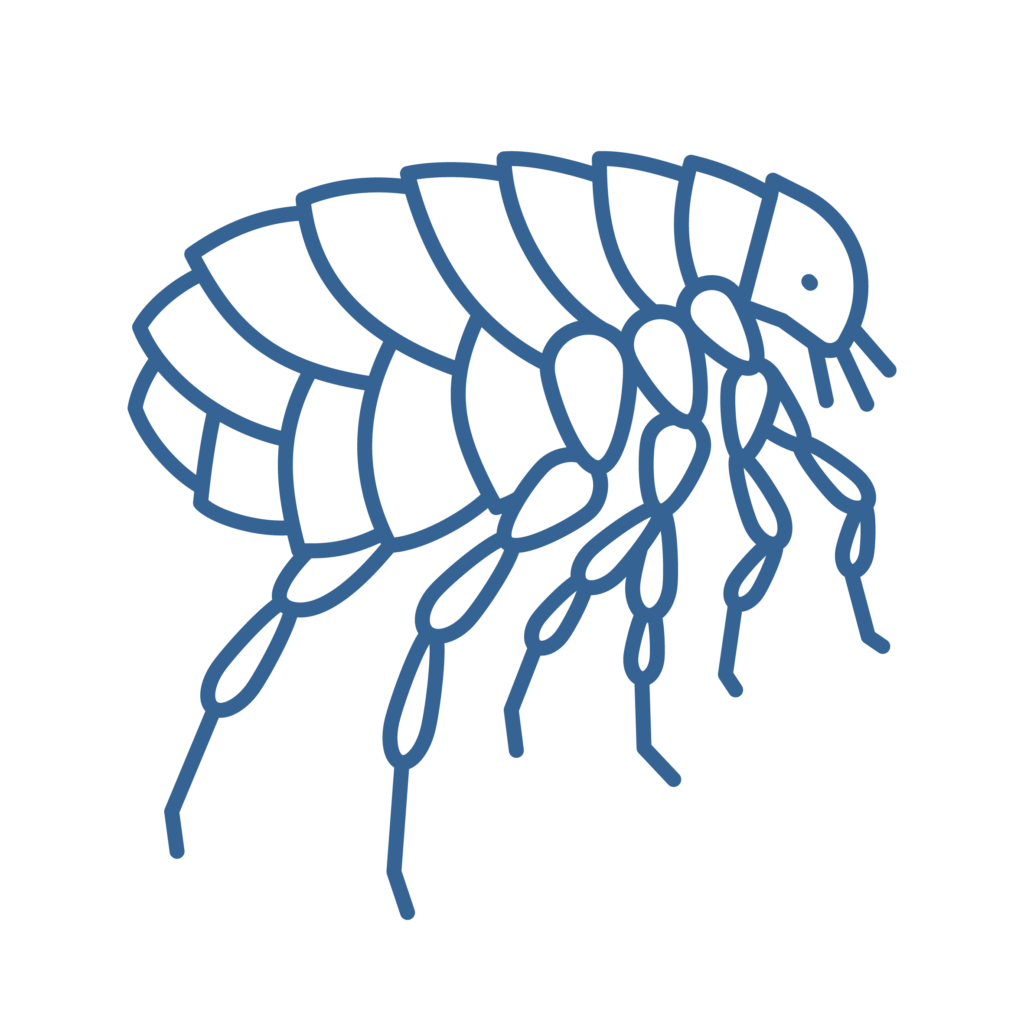
Flea, tick and worm treatments

Pet travel
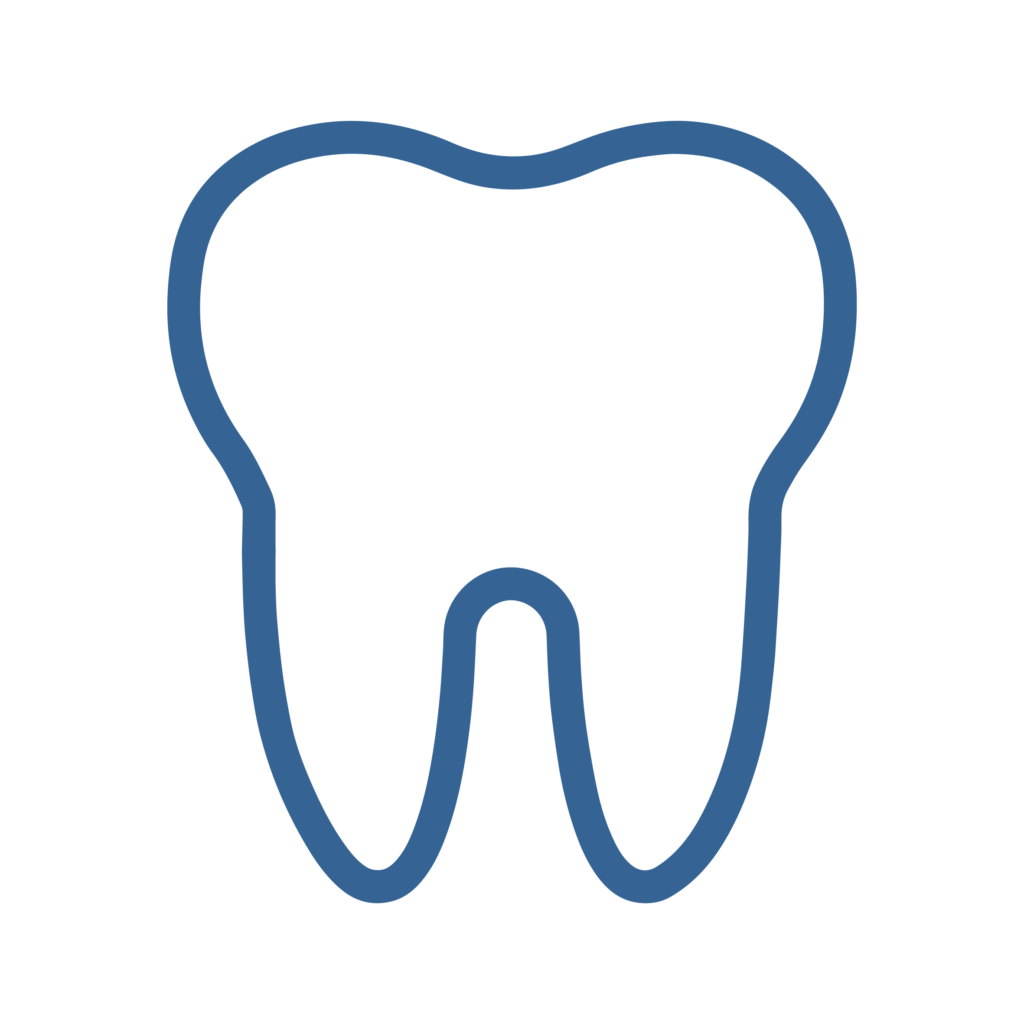
Dental care

End of life
We’re proud to be part of the VetPartners veterinary group, our respected, like-minded network of vets and vet nurses from around the country. We’ve put together some information on all the key services that are important for your pet’s health. Click here to read more and get advice on keeping your pet healthy throughout their lifetime.


